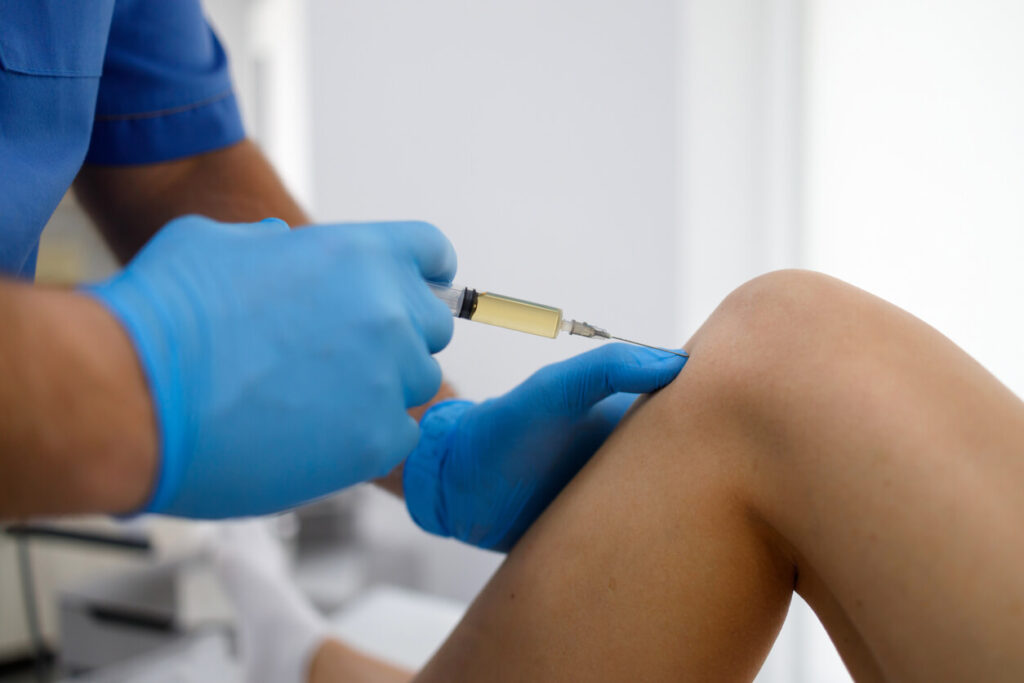In the realm of regenerative medicine and aesthetic procedures, microfat and nanofat have emerged as pivotal tools. These adipose-derived substances are utilized in various surgical applications, ranging from skin rejuvenation to scar correction, primarily due to their potential to promote tissue regeneration. The recent study from the Department of Plastic Surgery and Hand Surgery at University Hospital Zurich, authored by Lisanne Grünherz, Sedef Kollarik, Nadia Sanchez-Macedo, Michelle McLuckie, and Nicole Lindenblatt, delves into the differences between microfat and nanofat, particularly focusing on their lipidomic profiles and regenerative properties.
Microfat is primarily composed of adipocytes, making it an excellent option for tissue augmentation. Its larger size and composition allow for effective integration into the surrounding tissues, providing the necessary volume and support for aesthetic enhancements. Conversely, nanofat, which is processed from microfat, contains smaller lipid particles along with adipose-derived stem cells, microvascular fragments, and growth factors. This unique composition renders nanofat particularly appealing for aesthetic applications, where skin rejuvenation and improvement of texture are desired.
The authors previously demonstrated that the mechanical processing of microfat into nanofat significantly alters its proteomic profile. This transformation raises important questions about how the mechanical fractionation affects the lipid composition of these substances. Given that the mechanical processing disrupts adipocytes and releases lipids, the research aimed to analyze the lipidomic profiles of both microfat and nanofat. Understanding these differences is crucial, as the lipid components can play a vital role in the regenerative properties of these fat preparations.
The study’s findings offer insights into how microfat and nanofat can be optimized for various surgical procedures. By analyzing the lipidomic profiles, the authors hope to uncover specific lipid species that may enhance the regenerative potentials of these fat grafts. This knowledge could pave the way for improved techniques in aesthetic and reconstructive surgery, ultimately leading to better outcomes for patients seeking tissue regeneration through fat grafting.
In summary, the exploration of microfat and nanofat by Grünherz and colleagues highlights the significance of lipidomic analysis in understanding the regenerative capabilities of these substances. As research continues to evolve, the hope is to refine the applications of microfat and nanofat, ensuring that patients receive the best possible care in their journey toward rejuvenation and recovery. The collaboration among these researchers exemplifies the ongoing commitment to advancing the field of plastic surgery and regenerative medicine.


